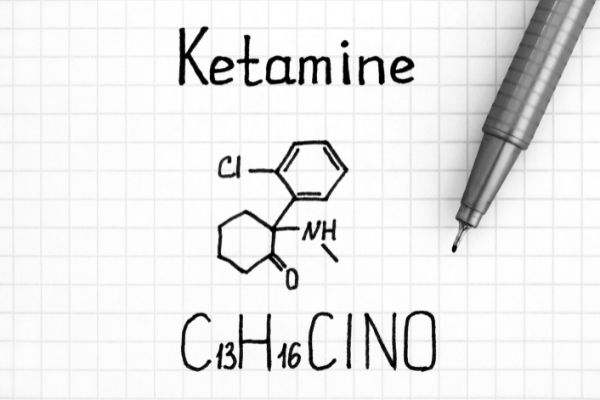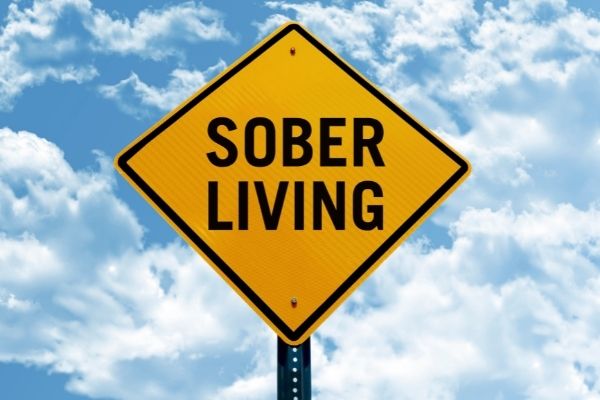Drug addiction is an all-encompassing disease that can take over our brains, causing us to do, say, and think things we normally never would, and can lead us to forget who we were before drugs. Depending on how long a person has struggled with substance abuse, they might have started believing that who they are intoxicated is who they are and always have been.
So while we’ve all heard of a drunk personality, which is the way you act when you’re intoxicated, what about a sober personality? Let’s look at just how much drugs or alcohol can change how we act–if at all–and why sober you will always be the best version of yourself.
Can drugs change your personality?
Yes, drugs and alcohol can alter your personality. Being under the influence can make you a little more outgoing, a little flirtier, or possibly more aggressive in the short term. A significant reason is that drugs can affect the brain in a way that lowers inhibitions slows reaction time, and interferes with general cognitive function.
However, those differences in personality might not be as major as you might think. The main reason for any significant difference in personality is not because of the drugs themselves, but socially, many people find intoxication as an excuse to engage in behavior they know would otherwise be inappropriate or acceptable.
Then there is the influence that media has on our perceptions of how to act while under the influence. Seeing intoxication modeled through pop culture can also shape how we think we’re supposed to behave.
What is a sober personality?
A sober personality is simply who you are when you are not under the influence of drugs; your default state of being. For those who have struggled with substance abuse for a long time, the idea of who they are while sober can leave them with a bit of an identity crisis. Odds are that you’ll find that your personality “changes” (since the differences between you when you are intoxicated and your normal self are mostly perceived) for the better.
5 ways how to be sober
Now that we have convinced you that you do not have to be scared about who you turn into if you no longer drink or do drugs, let’s talk about ways to be sober. First, let’s tackle the hulking elephant of a question: what does it mean to be sober? The definition of sobriety is simply abstaining from indulging in a mind-altering substance.
- Know your triggers: Understanding why you drink or use drugs is one of the best ways to set yourself up for success when getting sober. Do you use them recreationally so that you feel more comfortable in social situations? Or perhaps to cope with the stressors of home life? Once you’ve identified these things, you can start to develop alternative plans for dealing with them that don’t involve drugs.
- Ditch your old ways: Your environment and the people you hang around can influence your behavior–including drug use. Avoid people, places, or situations that you associated with using drugs. By taking yourself out of those situations, you lower the chance that you could be tempted into a bad decision or doing something simply because it’s familiar and comfortable.
- Find a support network: Addiction can be an isolating experience, that’s why one of the cornerstones to doing so is to surround yourself with people who will encourage you and–most importantly–keep you on track if you falter. These are people who will check in on you, try to keep you occupied and motivate you when you feel discouraged. Your support group can include people who have been through addiction or those who haven’t. All that matters is that they have your best interests at heart and want to see you succeed.
- Start exercising. Getting physical can do wonders for your body and mind. Exercising releases endorphins, dopamine, and serotonin, all of which boost your mood and help you to replace drugs or alcohol as the main source of things that make you feel good. Exercising also offers the benefits of improving your sleep cycle, the basis of a balanced lifestyle upon which better decisions can be made.
If you or a loved one wants to get sober but isn’t sure where to start, you can find support from your peers at Alcoholics Anonymous or Narcotics Anonymous meetings. Join one for free and hear from others who have been in your shoes. Find a meeting near you today.









![What Does it Mean to be Restored to Sanity? [Step 2 of AA]](https://findrecovery.com/wp-content/uploads/2022/02/restored-to-sanity.jpg)